The top 5 American military fighting knives
- By Travis Pike
Share This Article
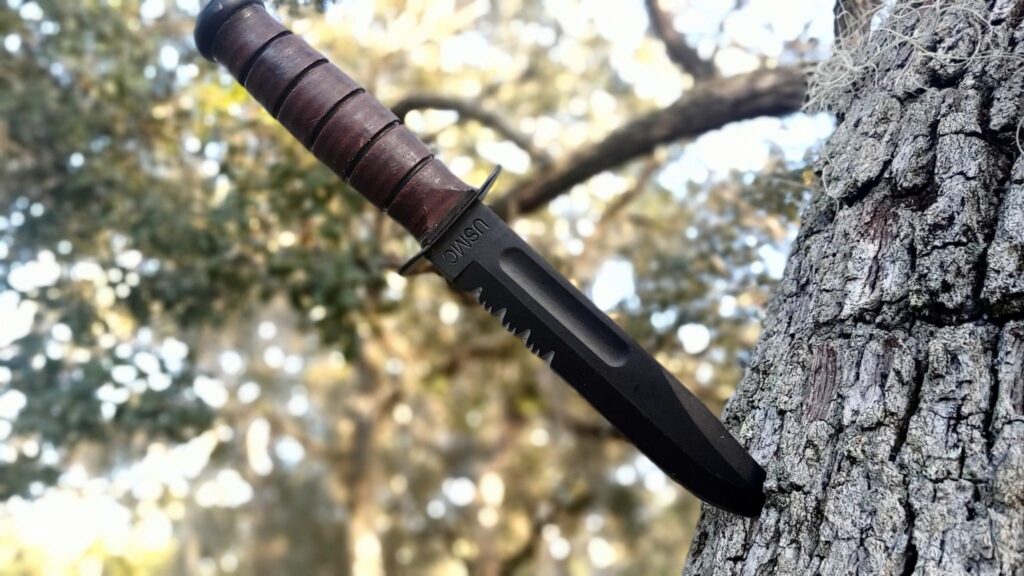
Fighting knives, who doesn’t love them? America certainly does. American fighting knives have a long and rich history that stretches back to the very inception of our nation. This type of history fascinates me more than most. These knives allow us to see how warfare has changed and evolved. With that being said, these are the Top 5 American military fighting knives.
Gerber Mk2 Combat Knife
The Gerber Mk2 fighting knives deserve more respect than they get. The knife was a favorite of early special operations and became second only to the Ka-Bar in Vietnam. The Mk2 takes a lot of queues from early commando daggers, and the Roman Mainz inspired the designer. This dual-edge dagger was a pokey fella who slashed and stabbed its way into the history books.
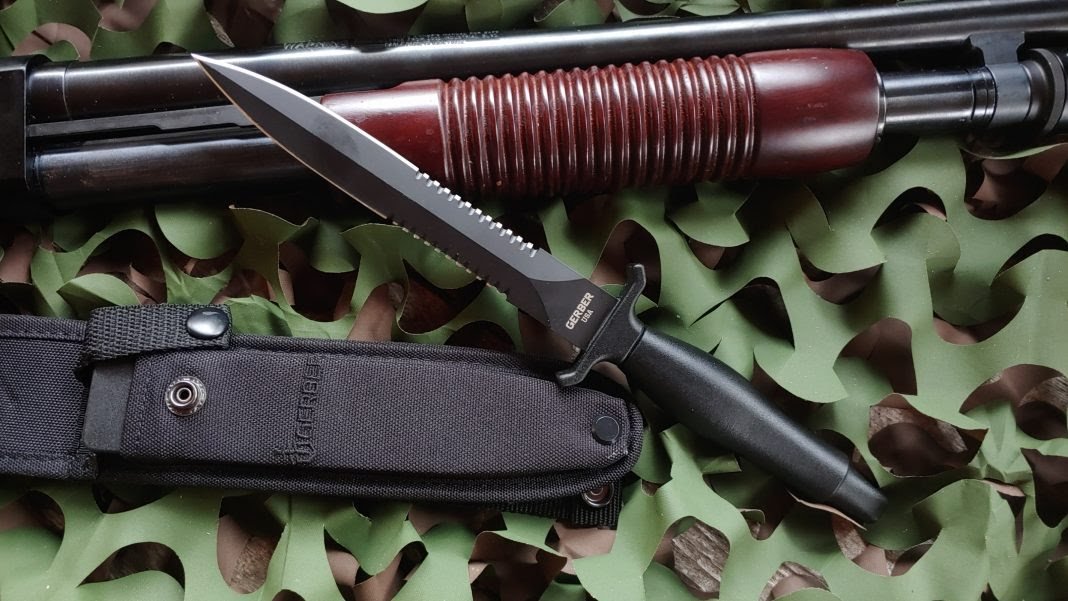
The dagger-like design and long blade allow the blade to penetrate deeply and find something vital somewhere in the body. Gerber’s design became controversial and at one point found itself banned from Base PX’s for being distasteful. Honor Graduates of the MACV Recondo school were awarded an Mk2. Browse the historical photos of commandos in Vietnam, and you’ll see plenty of MACV commandos rocking them on their web gear.
Mk 1 Trench Knife
The trench warfare of World War 1 is an example of how far men can fall from humanity. It was a meat grinder, but fighting men adapt. The Mk 1 trench knife is an example of the tools needed to survive and win in this environment. Trench warfare was absolutely brutal, and it often ended in hand-to-hand combat.

Combining a knife and brass knuckles gave fighters a weapon that could break, stab, and decimate an enemy. In close-quarters combat, not only did the knuckles give a soldier punching power but made it near impossible to strip the knife from their hands in a fight. The trench knife is a fighting knife needed for its time, but it saw limited use past that.
Bark River Bravo 1
As far as fighting knives go, the Bark River Bravo 1 is likely one of the most unknown in terms of military use. This is rather appropriate considering Force Recon is one of the most underrated special operations forces. This modern blade was designed with input from the Marine Corp’s finest and is a stout and rugged blade designed for fighting and utility purposes.
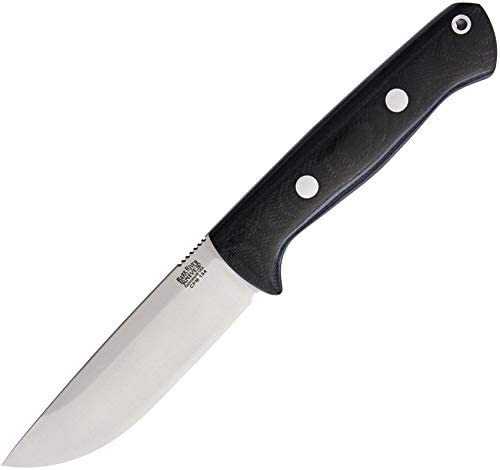
This simple fixed blade knife is perfect for cutting, chopping, and acting as a survival tool as well as a last-ditch weapon. The Bark River Bravo 1 is superbly compact and meets modern mission needs without being too bulky or heavy. It’s superbly sharp, made from premium grade steel, and rugged to meet the needs of those over the horizon Marines.
Emerson CQC 6
The CQC 6 is the only folding knife on this list. Very rarely are folding knives intended to be fighting knives. However, the CQC 6 was designed by Ernest Emerson at the behest of individual SEALs looking for a fighting folding knife. The 6 moniker comes from SEAL Team Six, and the knife became a favorite of the Frogmen. While the CQC 6 was never general issued, it was purchased by units, platoons, and companies.
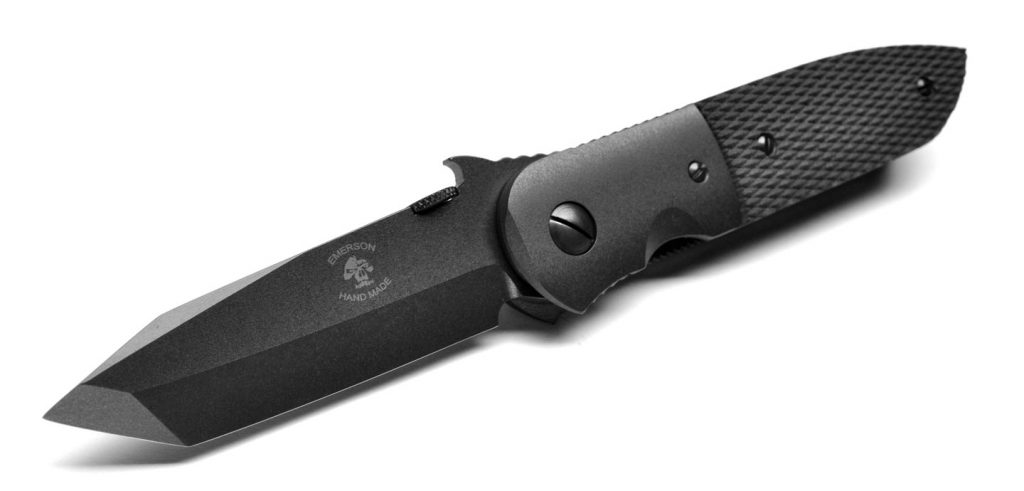
The CQC 6’s tanto blade made it a natural stabber that could chop through heavy uniforms, webbing, and more. In a fight, it was short and handy. The Emerson CQC 6 became a status symbol among Special Operations and remains so to this day.
Ka-Bar
The Ka-Bar is in the number 1 spot because of its expansive issue, beloved reputation, and overall handiness. The Ka-Bar is both a highly effective fighting knife and utility tool. The Marine Corps originally issued the Ka-Bar to be fighting knives and utility knives. It needed to be capable of killing the enemy as well as helping set up camp.

It’s easily the most well-known and longest-serving military fighting knife, and troops still use Ka-Bar-inspired designs worldwide. Soldiers, Marines, and Sailors wielding Ka-Bars are not an uncommon sight in military life. Ka-Bar’s rock and aren’t going anywhere anytime soon.
American Fighting Knives
Getting into a knife fight in modern warfare isn’t likely to happen. Your chances of being struck by lightning are likely higher than knife fighting a terrorist. Yet, I challenge anyone to deploy without a knife and find themselves successful. Knives may be utilitarian tools these days, but it’s interesting to look back and see the tools of war from earlier times. Got any favorites from the above list? If so, let me know below!
Related Posts
Sandboxx News Merch
-

‘AirPower’ Golf Rope Hat
$31.00 Select options This product has multiple variants. The options may be chosen on the product page -

‘Kinetic Diplomacy’ Bumper Sticker (White)
$8.00 Add to cart -

‘Kinetic Diplomacy’ Bumper Sticker (Black)
$8.00 Add to cart

Travis Pike
Travis Pike is a former Marine Machine gunner who served with 2nd Bn 2nd Marines for 5 years. He deployed in 2009 to Afghanistan and again in 2011 with the 22nd MEU(SOC) during a record-setting 11 months at sea. He’s trained with the Romanian Army, the Spanish Marines, the Emirate Marines, and the Afghan National Army. He serves as an NRA certified pistol instructor and teaches concealed carry classes.
Related to: Gear & Tech
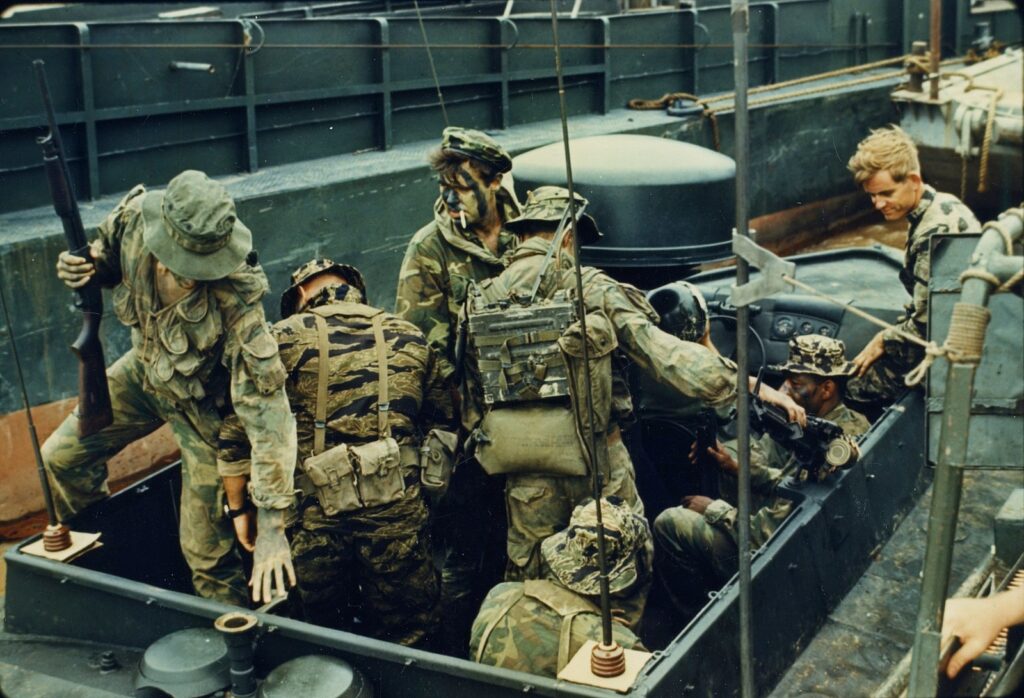
These exotic weapons were used by the Navy SEALs in Vietnam
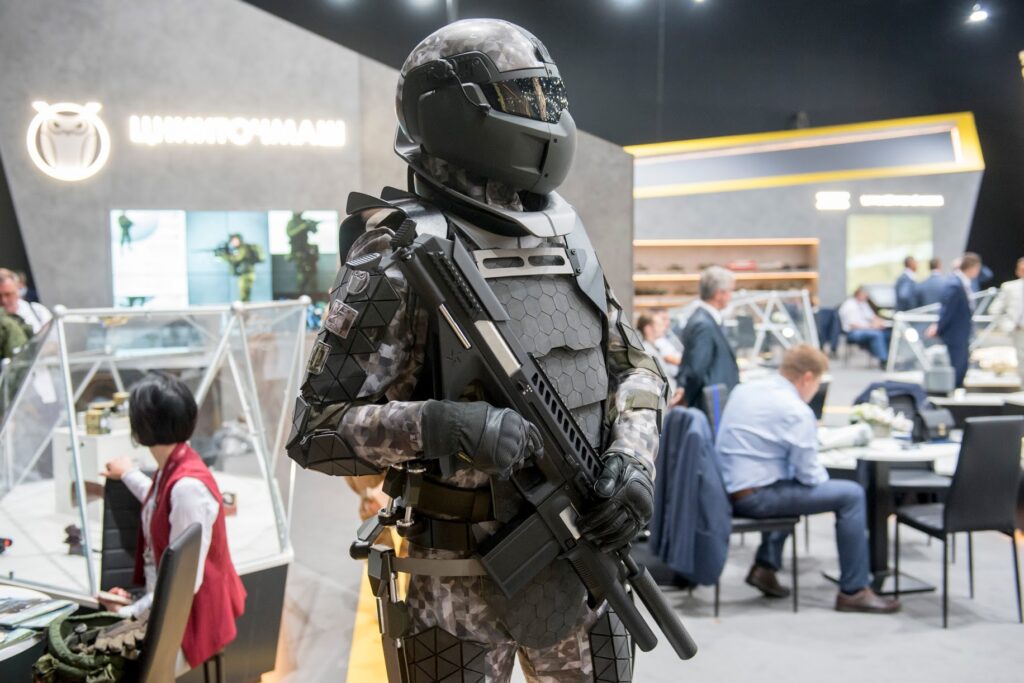
No, Russia’s futuristic Sotnik armor isn’t real

What does a Marine veteran think of Netflix’s ‘Rebel Ridge’?
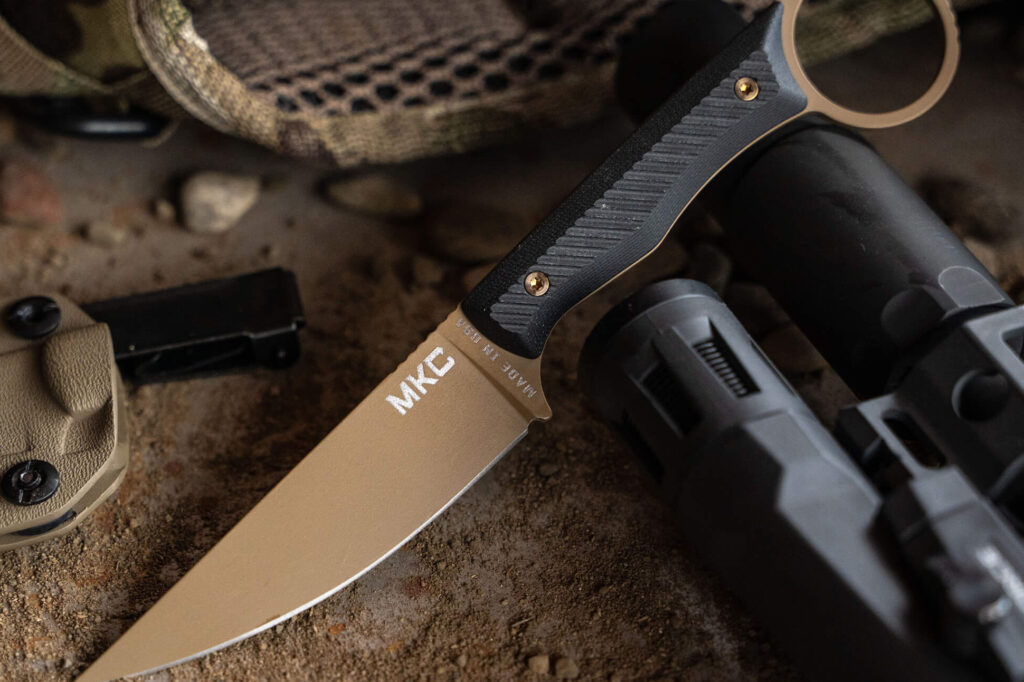
Montana Knife Company enters the tactical knife realm
Sandboxx News
-

‘Sandboxx News’ Trucker Cap
$27.00 Select options This product has multiple variants. The options may be chosen on the product page -

‘AirPower’ Classic Hoodie
$46.00 – $48.00 Select options This product has multiple variants. The options may be chosen on the product page -

‘AirPower’ Golf Rope Hat
$31.00 Select options This product has multiple variants. The options may be chosen on the product page -

‘Sandboxx News’ Dad Hat
$27.00 Select options This product has multiple variants. The options may be chosen on the product page
